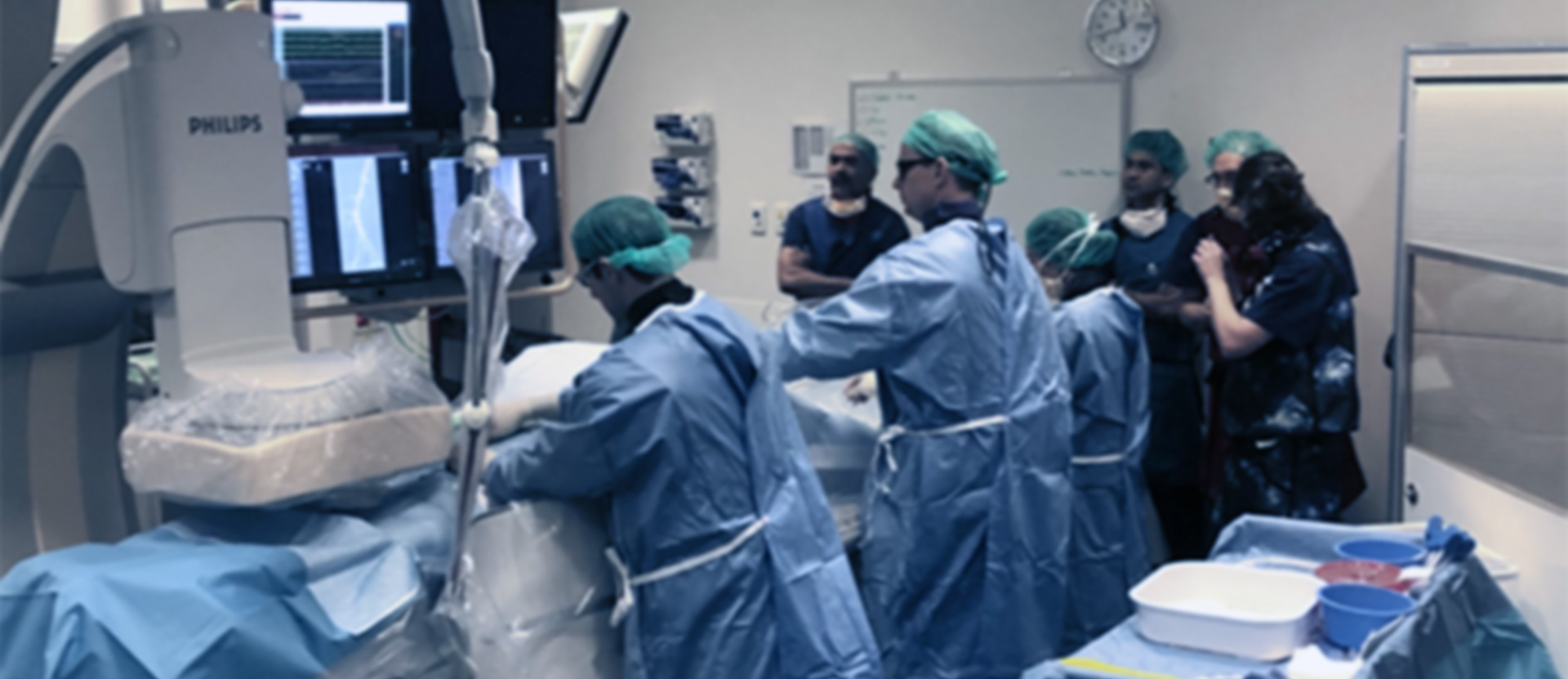Abdominal Aortic Aneurysm
An aneurysm is a swelling or dilatation in a blood vessel. Aneurysms can occur in any blood vessel, but are much more common in arteries, although they do occur rarely in veins. An abdominal aortic aneurysm (AAA) is a dilatation in the abdominal (tummy) part of a major artery – the aorta. This is one of the commonest types of aneurysm.
Angiogram
An angiogram is an imaging technique to visualize blood vessels. Mostly it is used to look at arteries (vessels that transport the blood away from the heart), but at times can also be used to look at veins (vessels that take blood back to the heart). It is helpful to diagnose narrowings or blockages that obstruct the blood flow. These blockages are caused by a build up of atherosclerotic plaque.
Carotid Endarterectomy
A carotid endarterectomy is an operation to remove plaque from your carotid artery. The carotid arteries are the main arteries that supply you brain with blood. Through a process of atherosclerosis (plaque formation) the artery can narrow and reduce blood flow to the brain and cause mini strokes (transient ischaemic attacks or TIA’s) or major strokes.
Thoracic Outlet Syndrome
Thoracic outlet syndrome (TOS) is actually a broad classification for 3 separate conditions:
- Neurogenic TOS
- Venous TOS
- Arterial TOS
The causes and treatments of these conditions are different so it is best to deal with them separately.
Varicose Veins
Varicose veins are blood vessels that have become enlarged and elongated. They can be painful and in the worst cases contribute to ulceration in the legs. They occur most frequently in the lower legs but can also occur in the thigh and the groin. They occur because of damage or failure to the one-way valves inside the veins which allows blood to flow in the wrong direction down the vein. This causes an increase in pressure within the vein and the vein to enlarge.

